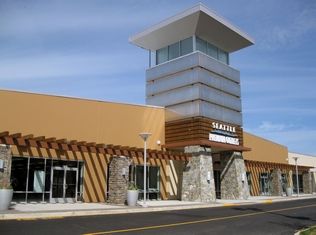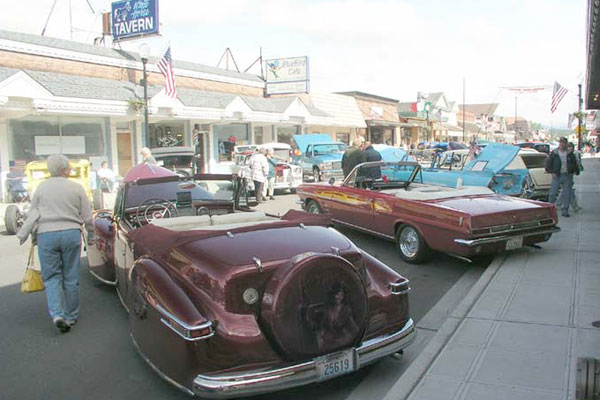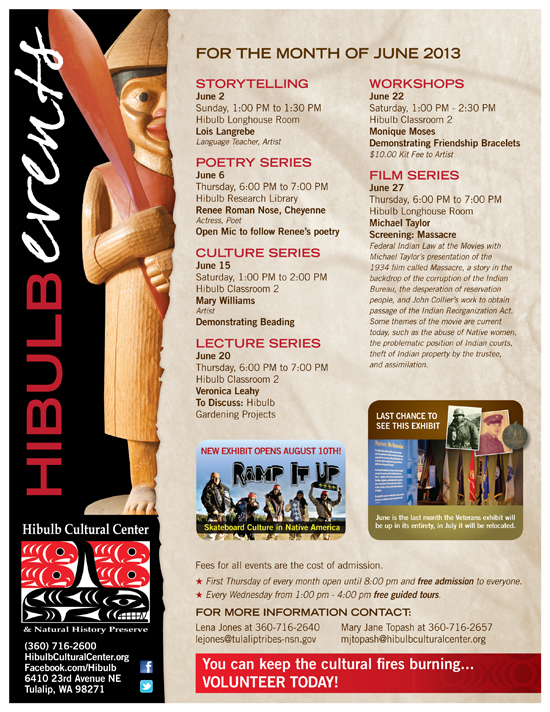More than a dozen new stores to be added in Tulalip

The expansion to the Seattle Premium Outlets was designed to ensure a new promenade would meld with the original 2005 structures.
By M.L. Dehm, The Herald Business Journal
TULALIP — Several retailers in the Seattle Premium Outlets‘ new promenade expansion are scheduled to open for business on June 20, with additional retailers following in the coming months.
The project is anticipated to bring more visitors to a complex that already draws more than 6.5 million annually.
“We are excited to welcome wonderful brands and stores that have proven to be so popular in other centers of ours,” said Mark Johnson, general manager of Seattle Premium Outlets.
Those stores include the Armani Outlet, Max Studio, The North Face, Clarins, Vince, Diane Von Furstenberg, American Eagle Outfitters and Forever 21. Existing stores that will be relocating from the original 2005 wings into the new promenade are Coach, Columbia Sportswear Co., DKNY, Hugo Boss, Polo Ralph Lauren and Tommy Bahama.
“Additional stores joining the center, in the suites of the relocating stores, include White House Black Market, Saucony, Sperry Top-Sider, Swarovski, Victorinox Swiss Army and Disney Outlet store,” Johnson said.
He anticipates that the addition of those stores will satisfy shoppers’ demands for greater selection, more brands and the chance to find more deals.
The expansion added more than 100,000 square feet of retail space to the approximately 400,000 existing square feet that opened near Quil Ceda Village and the Tulalip Resort Casino in 2005. A parking garage opened in 2012 on the east side of the mall.
“Being next to the Tulalip Resort and Casino is a great complement to our shopping options and a benefit to area visitors,” Johnson said.
Tourists spent about $876 million in Snohomish County last year, and being near other tourist destinations is a bonus for Seattle Premium Outlets as it tries to capture tourist dollars.
Simon Property Group, the S&P 100 company that owns the complex, stated that the property was producing sales in excess of $700 per square foot before the start of the expansion.
Last quarter, the company posted a 5.3 percent increase in tenant sales per square foot overall in its family of outlet malls.
Simon Property Group owns 77 outlet malls worldwide, including 63 of the fewer than 200 facilities in the United States. That makes the organization one of the largest outlet mall groups in the world. The company holds a long-term lease on the Seattle Premium Outlets’ land owned by the Tulalip Tribes.
There were always tentative plans for a possible expansion of the Seattle Premium Outlets that preceded the official opening in 2005. However, the current expansion wasn’t actually announced until August 2011 and work did not begin until 2012.
“Our growth began with the completion of the new parking garage in late 2012 and continues with the opening of the promenade,” Johnson said.
The parking garage compensates for the areas of parking that were lost with construction on the expansion. During the last holiday season when expansion construction was in full swing, the outlets made a point of letting shoppers know that the parking garage was available and that stores were open for business.
According to Johnson, the parking garage has been working out well since it opened. Some shoppers seek out the lower, sheltered level of the garage in inclement weather.
The soon-to-open expansion, which is the new face of the facility as seen from I-5, has been built to complement the original site both in appearance and convenience. Director of marketing Michele Osgood pointed out the way in which similar structures and materials were used to offer a seamless feel to shoppers coming to the Outlets.
A new visitor would probably not notice the subtle differences between the new promenade expansion and the original buildings. Both areas feature wood elements and rock facings. Colors and landscaping are similar and the hardscape under foot at the entrance is the same.
Benches have been added at intervals along the front of the structure and secure locker rentals are available outside the management office at the northwest corner of the facility so shoppers don’t have to go all the way back to their car to stow purchases.
Many of the shoppers who visit the outlets come from Canada. They stay at one of the hotels, such as the Tulalip Resort Casino, or make the visit a day trip from Vancouver, B.C.
“The center serves area residents, both locally and regionally, and area visitors from all over the world,” Johnson said. “Our goal is to meet the needs of a wide range of shoppers.”
The more than a dozen shops opening on June 20 should help to do that. There are no plans for further expansion of the property, Johnson said.














